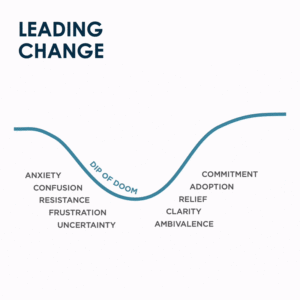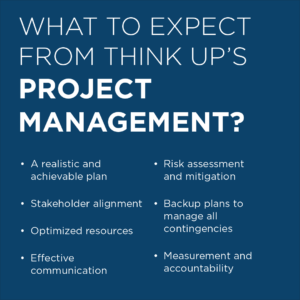Vulnerability is, by definition, a scary concept. Originating from the Latin vulnerare “to wound,” it literally means to be exposed to the possibility of being attacked or harmed. Brené Brown, University of Houston professor, author of Daring Greatly, and an expert in this space, defines vulnerability as “uncertainty, risk, and emotional exposure.” Most people would agree it’s difficult to be vulnerable—in our relationships, professional work, and even in our hobbies. Consciously or unconsciously, we ask ourselves, What if I fail? What if I get hurt? What if I’m wrong? And often, that leads to the squashing of ideas before they even have a chance to get off the ground.
When you build walls of protection, your ideas will be safe. But, as history has shown, progress doesn’t happen when we all stay safely behind our walls. Some of the most successful inventions of our time have come as a result of someone being brave enough to put their idea out there and expose themselves to the possibility of failure. The iPhone, Airbnb, 23andme, and TikTok all met with significant skepticism and disdain when their brave inventors first shared their bold thinking.
Being vulnerable might be the key to tapping into the center of your creativity and uncovering new ideas. Embracing vulnerability enables you to dig deep and uncover truly original thinking. When we decide not to let fear hold us back, we put our walls down, remove the guardrails, and give our thoughts free rein. This is a powerful place from which to problem-solve, innovate, and develop new strategies—for our work, our businesses, and our fields of expertise. We’ve seen countless examples of this kind of audacious thinking in 2020 as businesses and organizations have innovated, reimagined, and reinvented in order to stay afloat.
Here are a few ways you can use vulnerability to spur innovation:
- Create a safe environment. Many of us were taught at a young age that failure is not acceptable. It’s ingrained in many of us that we should hide failure, which makes it difficult to shift to the mindset that failure doesn’t have to be embarrassing or over-corrected for. Researchers with Northwestern University’s Kellogg School of Management found that when a team brainstorm session begins with every participant sharing an embarrassing story, they generate 26% more ideas with 15% more variety. Creating a space that feels psychologically safe, where we feel supported and believe our ideas won’t be laughed at or rejected, enables us to be vulnerable and leads to the generation of more and better ideas.
- Be open to the unknown. The ability to open yourself up to the possibility that you don’t know the answers may lead to more space to imagine the possibilities. Being comfortable with the unknown can also condition teams to be comfortable with failure, which is part of the process of innovation.
- Explore the possibilities of the unexpected. The first step in Think Up’s WOW model is, “We get inside your head.” Really and truly understanding the background, perspective, and challenges of clients, consumers, and customers requires that we build trust and provide them the safety to be vulnerable. When we’re able to do this as individuals and as a team, we’re better able to get to the root of the challenge and ensure we’re exploring the best possible solution.
Vulnerable, risky, and smart thinking is a fresh tool which can be leveraged to help spur creative problem solving and innovation. Not only will you generate new and possibly more ideas, you’ll build stronger relationships of trust with those you’re working with, as well as the end users.



